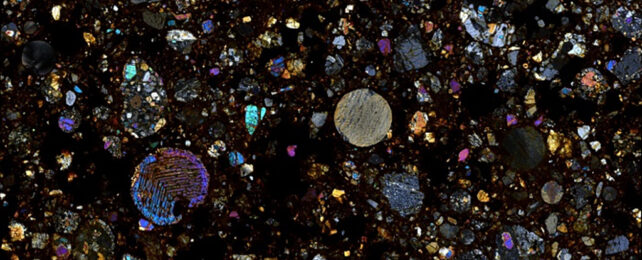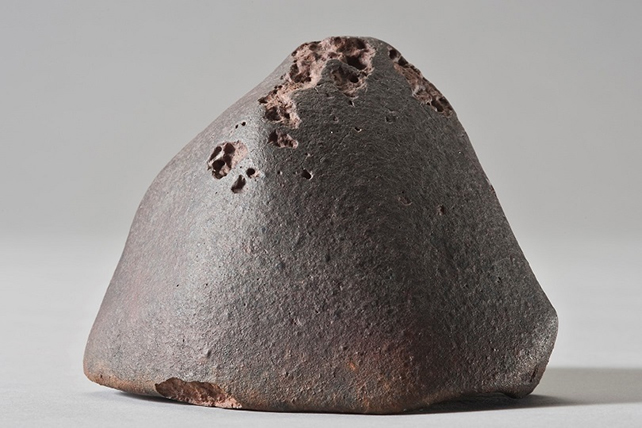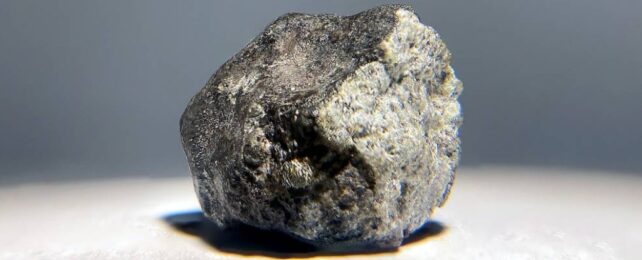Until now, only a small fraction of meteorites that land on Earth had been firmly linked back to their parent body out in space – but a set of new studies has just given us compelling origin stories for more than 90 percent of meteorites today.
Past analyses of meteorites striking our planet today suggest some kind of shared origin; they're made from very similar materials and have been baked by cosmic radiation for a suspiciously short amount of time, hinting at a relatively recent break-up from shared parent bodies.
The teams behind three new published papers used a combination of super-detailed telescope observations and computer modeling simulations to compare asteroids out in space with meteorites recovered on Earth, matching up rock types and orbital paths between the two.

Led by researchers from the French National Centre for Scientific Research, the European Southern Observatory, and Charles University in the Czech Republic, the studies focused on H (high iron) and L (low iron) chondrites, the most common type, accounting for around 70 percent of meteorites.
They're so named because they're made up of small particles called chondrules, caused by the rapid cooling of molten rock.

These H and L chondrite meteorites have arrived on our planet from three asteroid families called Massalia, Karin, and Koronis, the researchers determined, all located in the main asteroid belt between Mars and Jupiter: Massalia, Karin, and Koronis.
One study team was also able to put dates to notable collisions in these asteroid families, causing fresh cascades of rock that would end up on Earth. Massalia saw major collisions 466 million years ago and 40 million years ago, while the Karin and Koronis families experienced collisions about 5.8 and about 7.6 million years ago, respectively.
"Supporting evidence includes the existence of associated dust bands, the cosmic-ray exposure ages of H chondrite meteorites, and the distribution of the pre-atmospheric orbits of meteorites," write the authors in one published paper.
That means most meteorites that strike Earth today are from fewer asteroid groups than might have been expected – and from more recent collision events, too. Those (relatively) recent collision events explain the meteorites landing in the current era.
This is partly explained by the life cycle of asteroid families, the team says: the collision events experienced by these asteroid families lead to a huge number of smaller asteroid fragments being in play, which then increases their chances of further collisions and of breaking free from the asteroid belt.
The researchers also looked at other less common meteorites beyond the H and L chondrites, pushing the number of accounted-for meteorites past 90 percent. These were assigned to asteroid families including Veritas, Polana, and Eos.
This new information can teach astronomers more about the evolution of the Solar System and our planets over time, as well as about the future paths of asteroids and meteorites. The teams remain determined to keep observing and plotting until all meteorite types are accounted for.
"Future work should focus on the few remaining classes – essentially, iron meteorites, pallasites, and ureilites," write the researchers in another of their published papers.
The research has been published in Nature, here and here, and Astronomy and Astrophysics.
